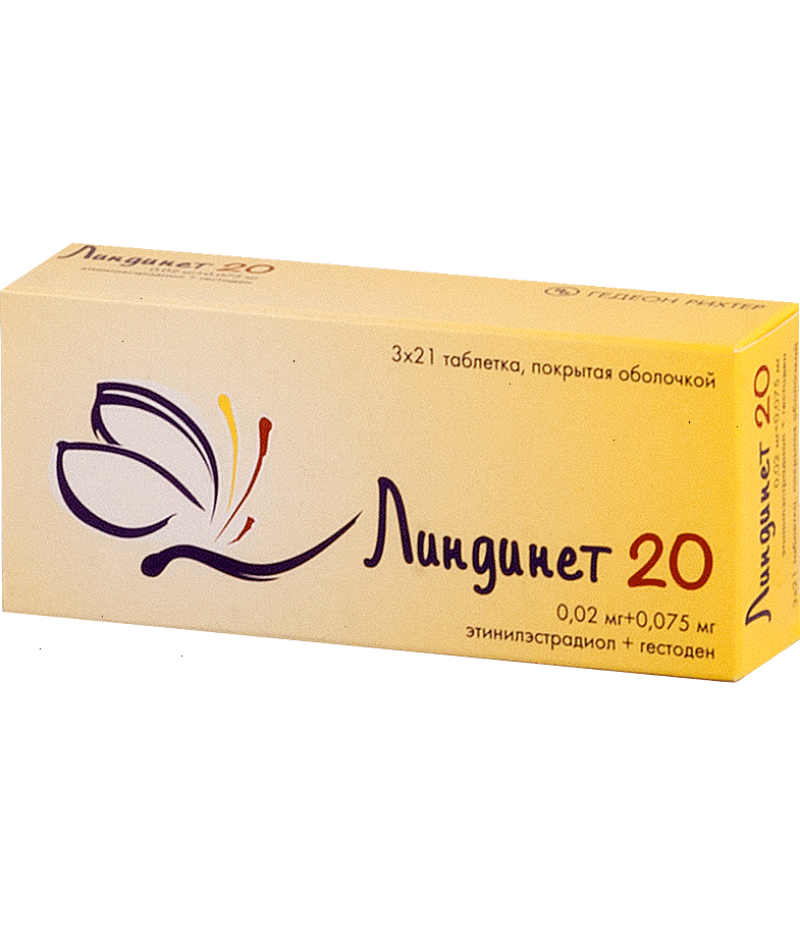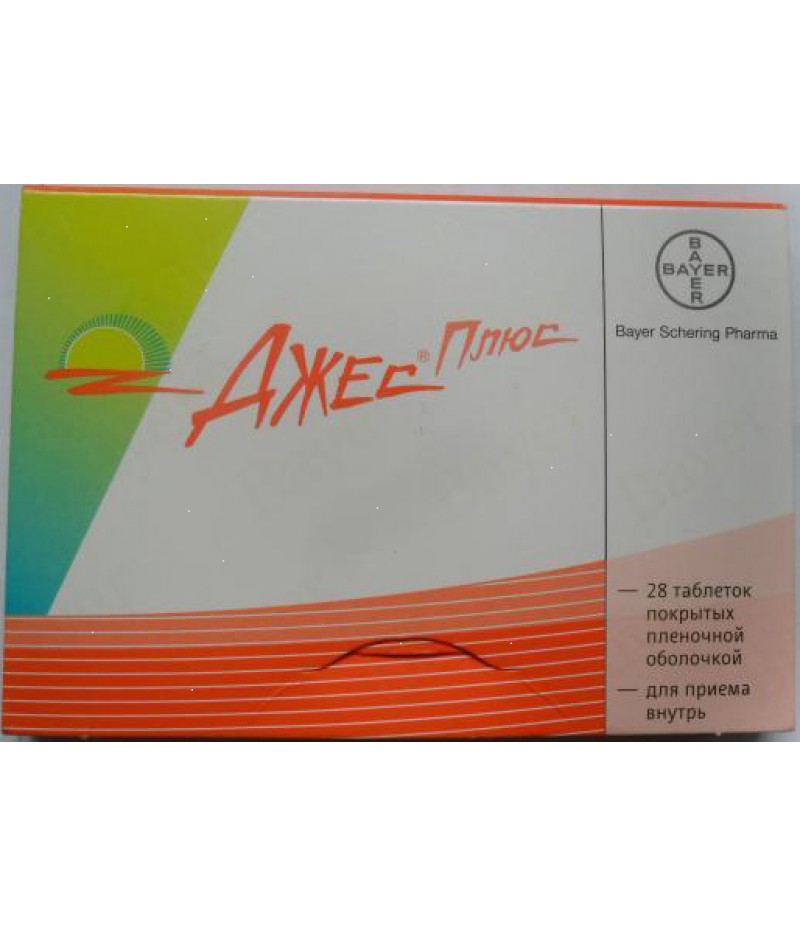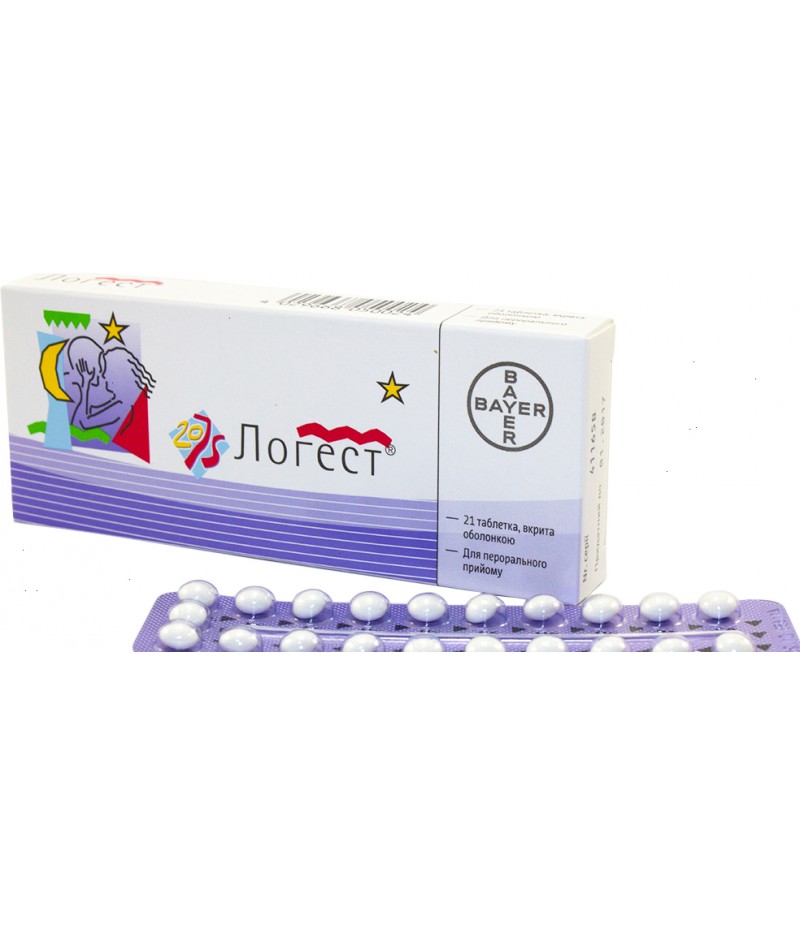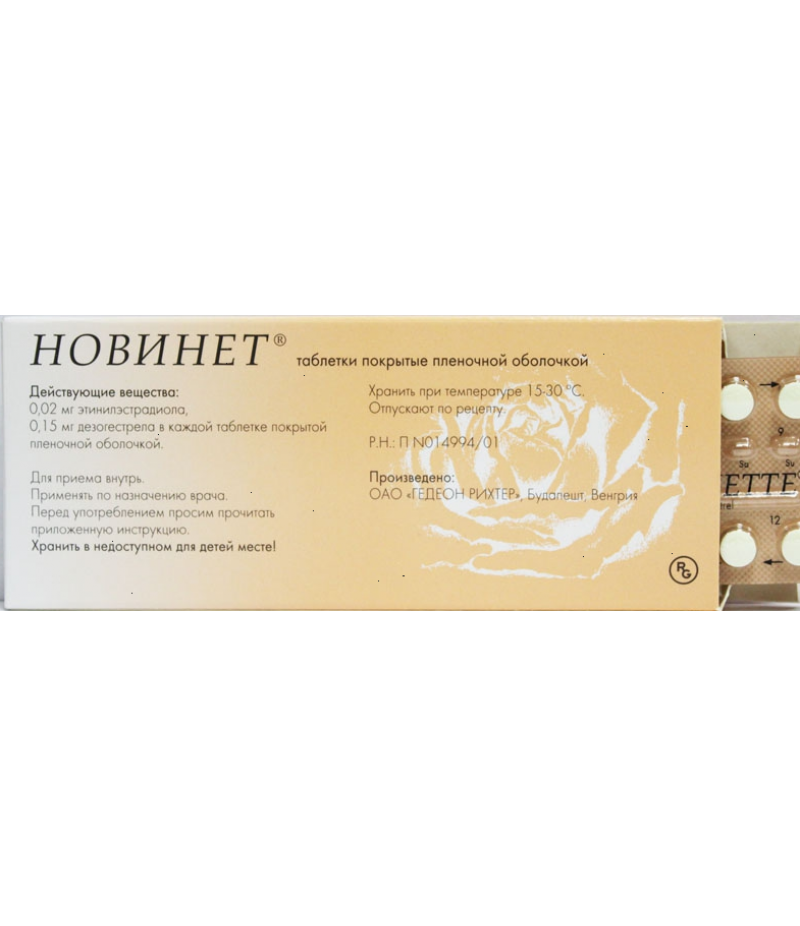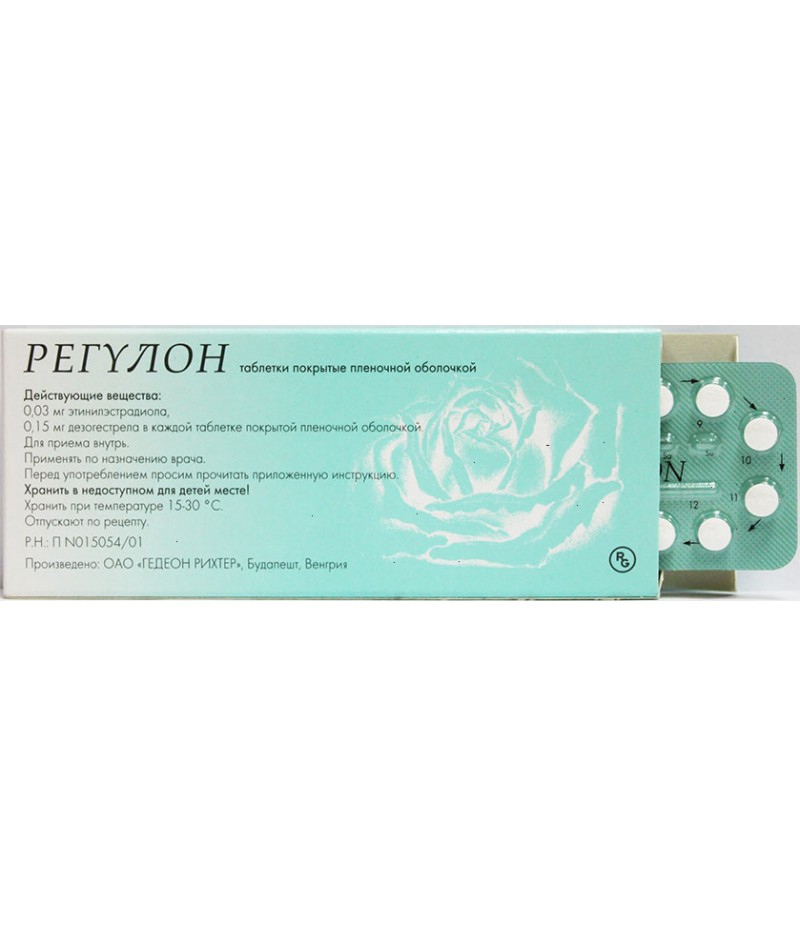Belara tabs #21
- $39.90
- 3 or more $38.50
- Availability:In Stock
Belara instruction for useReed more about Belara and buy it hereCompositionThe composition of one tablet of Belara includes 2 mg of chloromadinone acetate and 30 μg of ethinylestradiol.Additional components: lactose monohydrate, K..
Tags: tabs
Belara instruction for use
Reed more about Belara and buy it here
Composition
The composition of one tablet of Belara includes 2 mg of chloromadinone acetate and 30 μg of ethinylestradiol.
Additional components: lactose monohydrate, K30 povidone, corn starch, magnesium stearate.
Composition of the film shell: macrogol 6000, hypromellose, talc, lactose monohydrate, propylene glycol, titanium dioxide, red iron oxide dye.
Form of issue
Contraceptive pills Belara covered with a light pink shell, round, biconvex with a color white core. 21 such a tablet in a blister, one or three blisters in a pack of cardboard.
pharmachologic effect
Contraceptive effect.
Pharmacodynamics and pharmacokinetics
Pharmacodynamics
Combined preparation for contraception, taken orally.
Prolonged use of the drug leads to a decrease in the secretion of follicle-stimulating hormone and lyutenizing hormone, and, consequently, to suppression of the ovulation process. Simultaneously, there is proliferation and secretory transformation of the endometrium, preventing the fixation of a fertilized egg. The viscosity of mucous secretions from the cervix increases, which passes with difficulty of passage of male sex cells through the cervical canal and inhibition of their mobility.
The chloromadinone acetate that enters the drug is a gestagen that has antiandrogenic properties. Its effect is based on the ability to compete with androgens in specific receptors, weakening the effect of androgens. The Perl index (the probability of getting pregnant within 12 months) varies between 0.291-0.698 and depends on the thoroughness of the woman's adherence to the regimen.
To completely block ovulation, approximately 1.7 mg of chloromadinone acetate is required daily. The required dosage per cycle is 25 mg.
Pharmacokinetics
Chlormadinone acetate. Quickly and completely absorbed. The maximum concentration occurs an hour and a half. 95% binds to human blood proteins, mainly albumin.
In the process of transformation, many metabolites are formed, the main ones being 3-beta and 3-alpha-hydroxy-chloromadinone acetate.
The average half-life of blood is 34 hours. Chlormadinone acetate and its metabolites are excreted in approximately equal amounts with urine and through the intestine.
Ethinyl estradiol. Quickly and almost completely absorbed from the intestine, reaching a maximum concentration in the plasma in an hour and a half. Absolute bioavailability is about 40%.
About 98% of the substance binds to blood proteins. Ethinyl estradiol is transformed by hydroxylation of the aromatic ring. The main derivative is 2-hydroxy-ethynylestradiol.
The average half-life of ethinylestradiol from the blood is 13 hours. It is excreted by the kidneys and with feces in the proportion of 2: 3.
Indications for use
The need for oral contraception.
Contraindications
Use of the drug is contraindicated in the following diseases:
presence of initial signs of thrombophlebitis, thrombosis or symptoms of embolism (including, temporary ischemic attacks);
thrombosis and thromboembolism in the course or in the anamnesis (myocardial infarction, pulmonary embolism, vein thrombosis, cerebrovascular changes);
planned surgical intervention (4 weeks before) and the period of immobilization;
uncontrolled arterial hypertension;
acute or chronic severe liver damage (before the normalization of liver function);
uncontrolled diabetes mellitus;
predisposition to the appearance of venous and arterial thromboses: APC-resistance, protein deficiency S, protein C deficiency, antithrombin deficiency 3, antiphospholipid antibodies and hyperhomocysteinemia;
whole body itching, cholestasis, especially during a previous pregnancy or the use of sex hormones in the past;
liver tumors, including in the anamnesis;
severe epigastric pain, hepatomegaly, or signs of intra-abdominal hemorrhage;
Rotor syndrome, Dubin-Johnson syndrome, slowing down the outflow of bile;
porphyria in all forms and manifestations;
hormone-dependent malignant tumors or suspicion of their presence;
pancreatitis, in combination with severe hypertriglyceridemia;
pronounced changes in lipid metabolism;
migraine attacks;
sensory disturbances of an acute nature;
increased frequency of epileptic seizures;
motor disorders;
severe depression;
complication of the course of otosclerosis during previous pregnancies;
endometrial hyperplasia;
cryptogenic amenorrhea;
vaginal bleeding of unclear etiology;
lactation period;
pregnancy and suspicion of it;
addicted to smoking at the age of 35;
deficiency of lactase, lactose intolerance, glucose-galactose malabsorption;
presence of multiple risk factors for arterial or venous thrombosis;
sensitization to the components of the drug.
It is necessary to prescribe with caution the preparation in the presence of the following diseases (including in the anamnesis):
multiple sclerosis, epilepsy;
bronchial asthma;
convulsive syndrome;
migraine without neurologic symptoms;
renal or heart failure;
uncomplicated diabetes mellitus;
chorea;
non-severe liver disease;
dyslipoproteinemia, lipid metabolism disorder;
autoimmune diseases;
obesity;
endometriosis;
controlled arterial hypertension;
phlebitis of superficial veins of legs, varicose veins;
a change in blood clotting;
uterine myoma;
mastopathy;
herpes pregnant;
chronic inflammatory bowel diseases;
depression.
Side effects
Reactions from the psyche: nervousness, depressed mood, irritability, weakening of libido.
Reactions from immunity: increased sensitivity to the components of the drug.
Reactions from the metabolism: changes in the fat composition of the blood, increased appetite.
Reactions from the nervous system: migraine pain, dizziness.
Reactions from the senses: intolerance to contact lenses, conjunctivitis, vision disorders, hearing loss, tinnitus.
Reactions from the circulatory system: increased blood pressure, arterial hypotension, arterial hypertension, varicose veins, collapse, vein thrombosis.
Reactions from the digestive system: flatulence, nausea, vomiting, abdominal pain, diarrhea.
Reactions from the skin: acne, chloasma, pigmentation disorders, hair loss, hyperhidrosis, dry skin, urticaria, erythema, eczema, pruritus, hypertrichosis, erythema nodosum.
Reactions from the musculoskeletal system: feeling of heaviness, lumbalgia, muscle disorders.
Reactions from the genitourinary system: dysmenorrhea, increased vaginal discharge, amenorrhea, abdominal pain, fibroadenoma of the breast, galactorrhea, vaginal candidiasis, menorrhagia, vulvovaginitis, premenstrual syndrome.
General reactions: swelling, fatigue, weight gain.
When using Belara, the following side effects were also identified:
increased risk of bile duct disease;
increased risk of arterial and venous thromboembolism;
increased risk of benign tumors in the liver; in isolated cases, development of intra-abdominal hemorrhages is possible;
exacerbation of chronic inflammatory bowel diseases.
Belara, instructions for use (Method and dosage)
Instructions for use Belara prescribes to take birth control pills inside. They should be removed from the blister and swallowed whole, if necessary with a small amount of liquid. Tablets should be consumed every day at the same time (preferably in the evening) for 21 consecutive days, then you should stop taking the medication for 7 days; approximately 2-4 days after the use of the last pill develop bleeding cancellation, similar to menstrual.
After completing the 7-day break, you need to start using the drug from the next pack, regardless of whether the bleeding has stopped.
The first pill must necessarily drink on the first day of the physiological cycle of a woman (the first day of the next menstruation). In this case, the contraceptive effect begins with the first day of admission and lasts for a one-week break in admission.
The first tablet can be drunk on the 1-5th day of menstrual bleeding (it does not matter if the bleeding has stopped or not). In this case, during the first seven days of admission, barrier methods of contraception must also be used.
In case if menstrual bleeding appeared more than 5 days ago, it is recommended to wait for the beginning of the next menstruation, and then proceed to the cycle of taking the drug.
Transition from another hormonal contraceptive (combined) to Belare
Transition from funds containing 21-22 tablets. It is necessary to finish using all the pills from the previous package. Next, the first Belara tablet should be drunk on the next day. There should not be a break in the use of tablets, and a woman is advised not to advance the next menstruation. Additional methods of contraception are not required in this case.
The transition from funds containing one progestogen (mini-drank)
In this case, the first Belara tablet should be drunk the next day after using the last tablet, which includes only progestin. During the first seven days it is recommended to use also barrier methods of contraception.
Transition from hormonal contraceptives to injection or implant
Reception of Belara can begin on the first day of implant removal or on the first day of the scheduled injection. During the first seven days it is advised to use barrier contraceptive methods.
After abortion (spontaneous or medical) in the first 3 months of pregnancy
Use of Belara can begin on the day of abortion. In this case, you can not use additional methods to prevent pregnancy.
After delivery or abortion (spontaneous or medical) at 3-6 months pregnant
It is recommended to start Belara reception on the fourth week after childbirth, if there is no lactation, or after an abortion in the second trimester of pregnancy. In this case, it is not necessary to use additional methods of contraception.
If the drug is started after the fourth week after childbirth or abortion, it is recommended to use additional methods of contraception during the first week.
If the sexual intercourse has already been, it is desirable to exclude pregnancy or wait for the next menstrual cycle before taking the drug.
If a woman forgot to take a pill, but took it after 12 hours, the contraceptive effect may be weakened.
If the tablet was missed, the following rules should be followed:
Do not stop taking the medication for more than a week;
7 days of continuous medication is necessary to achieve a sure suppression of the regulation of the hypothalamic-pituitary-ovary system.
The missed pill is advised to be taken immediately, even if it means that you need to drink two tablets at a time. Then follow the standard scheme. During the next week, barrier methods of contraception must be used.
If there are fewer than seven tablets left in the pack, immediately after the consumption of tablets from this pack is finished, you must start using tablets from a new package - there should be no break between packages. Bleeding cancellation usually does not occur until all the tablets in the second package are used, but exceptions are possible. If withdrawal bleeding does not appear after the end of the second package, you need to perform a pregnancy test.
Overdose
Usually, overdose does not observe severe toxic effects. Symptoms: vomiting, nausea, bloody discharge from the vagina.
Treatment: symptomatic. There is no selective antidote.
Interaction
The following substances can reduce the concentration of ethinyl estradiol in the blood and weaken contraceptive activity:
all drugs that increase intestinal motility or inhibit absorption;
substances that activate microsomal hepatic enzymes, such as Rifabutin, Rifampicin, barbiturates, Griseofulvin, anticonvulsants, Barbexaclone, Modafinil, protease inhibitors, Primidon, St. John's Wort preparations;
a number of antibiotics (for example, tetracycline, Ampicillin).
With the simultaneous use of such drugs, it is necessary to apply additional barrier methods of contraception during therapy and within a week after it. When taking substances that lower the concentration of ethinyl estradiol in the blood by activating microsomal liver enzymes, additional barrier methods should be used within four weeks after the end of therapy.
The following substances may increase the concentration of ethinylestradiol in the blood:
substances that inhibit the sulfation of ethinyl estradiol in the intestine (ascorbic acid, paracetamol);
substances that block the activity of microsomal liver enzymes (antifungal imidazoles, indinavir, trolleandomycin);
atorvastatin.
Storage conditions
Keep away from children and store at temperatures up to 25 degrees.
Shelf life - two years.
special instructions
The drug does not affect the ability to drive.
Analogues
Analogues of Belara: Yaz, Yaz Plus, Jeanine, Lindynette 20, Logest, Marvelon, Mercilon, Midiana, Novinet , Regulon, Rigevidon, Yarina, Yarina Plus.
In pregnancy and lactation
In the period of lactation or pregnancy, it is contraindicated to use the drug Belara.
Reviews about Belara
The doctors' comments on the contraceptive pill of Belara show that the drug has proven itself as a reliable contraceptive. Reviews about Belara are also reported on frequent unwanted phenomena: women gain weight, for the skin the drug is also harmful (many have to subsequently take funds for acne).



